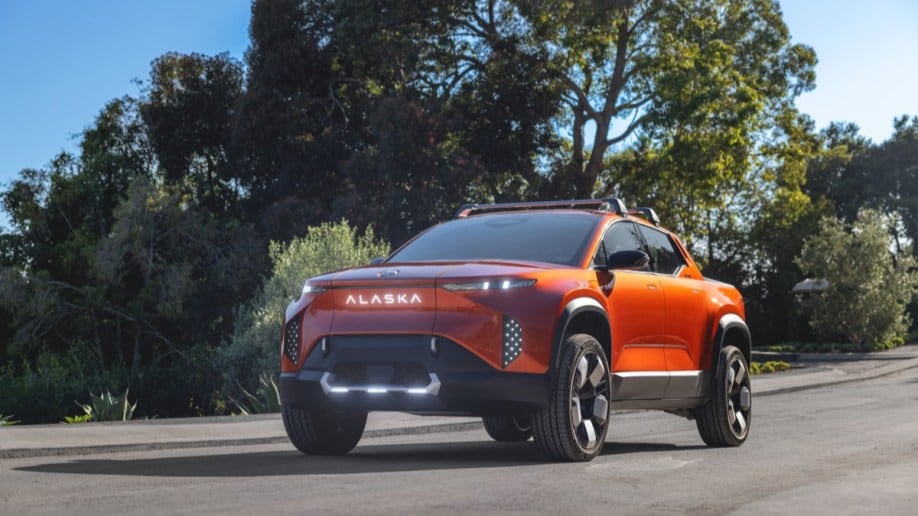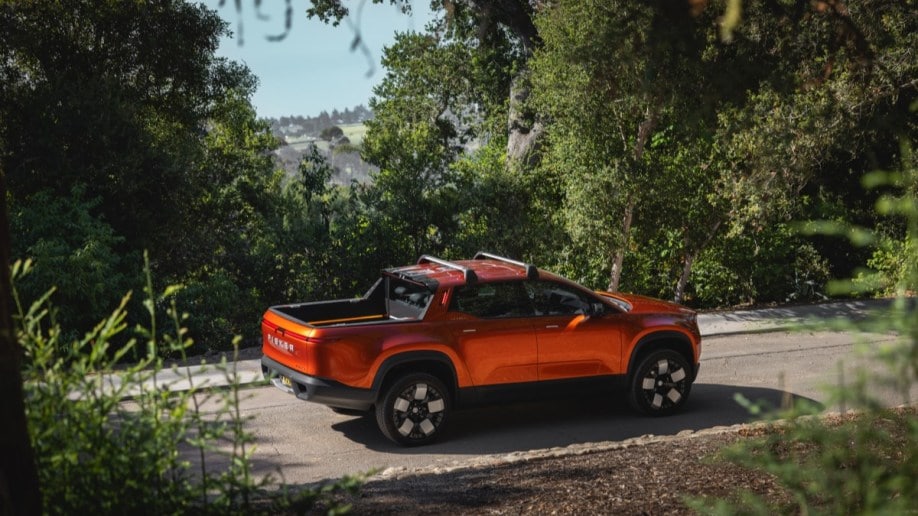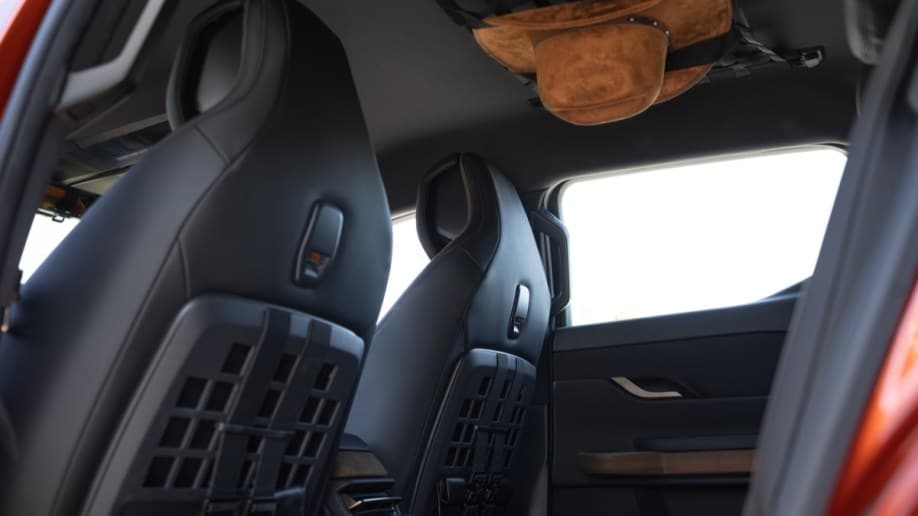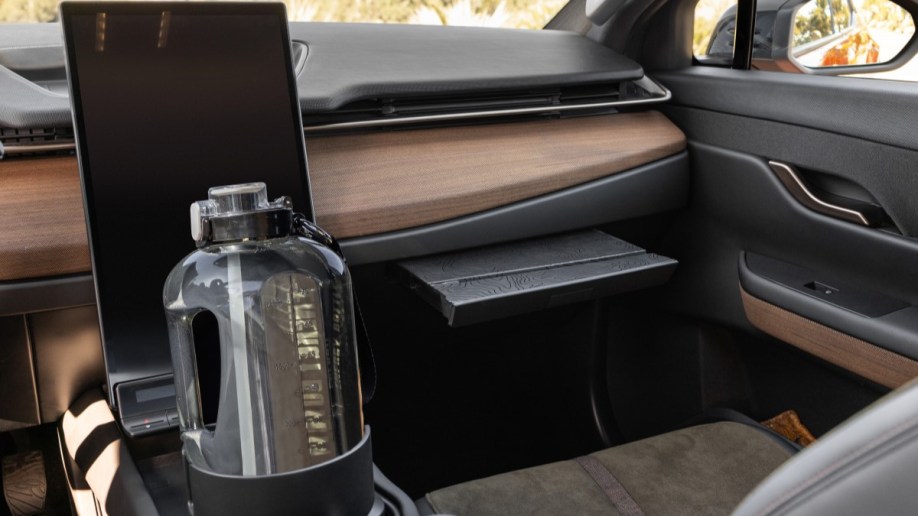
And it includes some flat-out silly items like a hat-holder. We’re not making that up.
About Fisker
Fisker is one of a handful of new startups hoping to follow a Tesla-like path to become mainstream automakers building only electric cars.
The company has meaningful experience behind it – CEO Henrik Fisker designed some of the world’s most beautiful cars, including the original BMW Z8 and the Aston Martin DB9.
This is his second attempt to launch an electric vehicle (EV) company under his name.
His first attempt, Fisker Automotive, closed in 2014 after selling about 2,000 Fisker Karma luxury cars. Fisker, Inc. has commenced deliveries of its first car, the Fisker Ocean midsize SUV.
But other startup automakers have failed even after making deliveries, and Fisker recently warned that a financing arrangement with tech giant Foxconn is not as final as first advertised.
About the Alaska
The Alaska is one of three new models that Fisker showed off recently, alongside the Ronin grand touring car and Pear compact SUV.
The company has released more details on the pickup.
It “will be offered with two battery packs — 75 kWh and 113 kWh — that will offer a range of 230-340 miles; the 0-60mph time will range from 3.9 to 7.2 seconds,” Fisker says. It holds a 4.5-foot bed behind a 4-door, 5-passenger cabin.
Fisker says it expects Alaska pricing to “start at $45,400.”
Storage Ideas from Innovative to Weird
But the bed can expand in two ways. The bulkhead behind the rear seats can open, turning part of the cabin into part of the bed. Fisker calls this a “Houdini partition.” Chevy called it a midgate when they built into the Avalanche in the early 2000s. Whatever you call it, it’s a smart way to borrow more space for the bed. A partition folds up to protect the rear seats from the cargo.
With the tailgate lowered, Fisker says, “The bed expands to 9.2 feet.” Fisker doesn’t mention a conventional bed extender to keep your cargo intact on the tailgate. But we imagine one must be planned.
Other standout features include a cupholder large enough for the biggest water bottle anyone has ever lugged into your gym, and “a cowboy hat holder, cockpit storage for work gloves, a large center armrest with storage for flashlights and pens, and a passenger tray with a tablet holder.”
Yes, a cowboy hat holder. It consists of a net that lets you hang a hat upside down from the roof. And in-car glove storage – a revolutionary idea often credited to the Packard Motor Car Company in the first decade of the 20th century.
Perhaps more significant news, Fisker says it will build the Alaska in the U.S. That choice could allow the truck to qualify for up to $7,500 in federal EV tax credits, depending on where the company sources critical battery minerals.
Expectations in Check for Now
A bit of caution, however, is in order. Fisker has now announced four products and delivered just a few dozen copies of one. Many analysts expect a round of failures among the early EV startups, and big promises aren’t the same as long-term financial stability. We’ll hold onto some skepticism that the Alaska will see production until we hang our hat in it.












